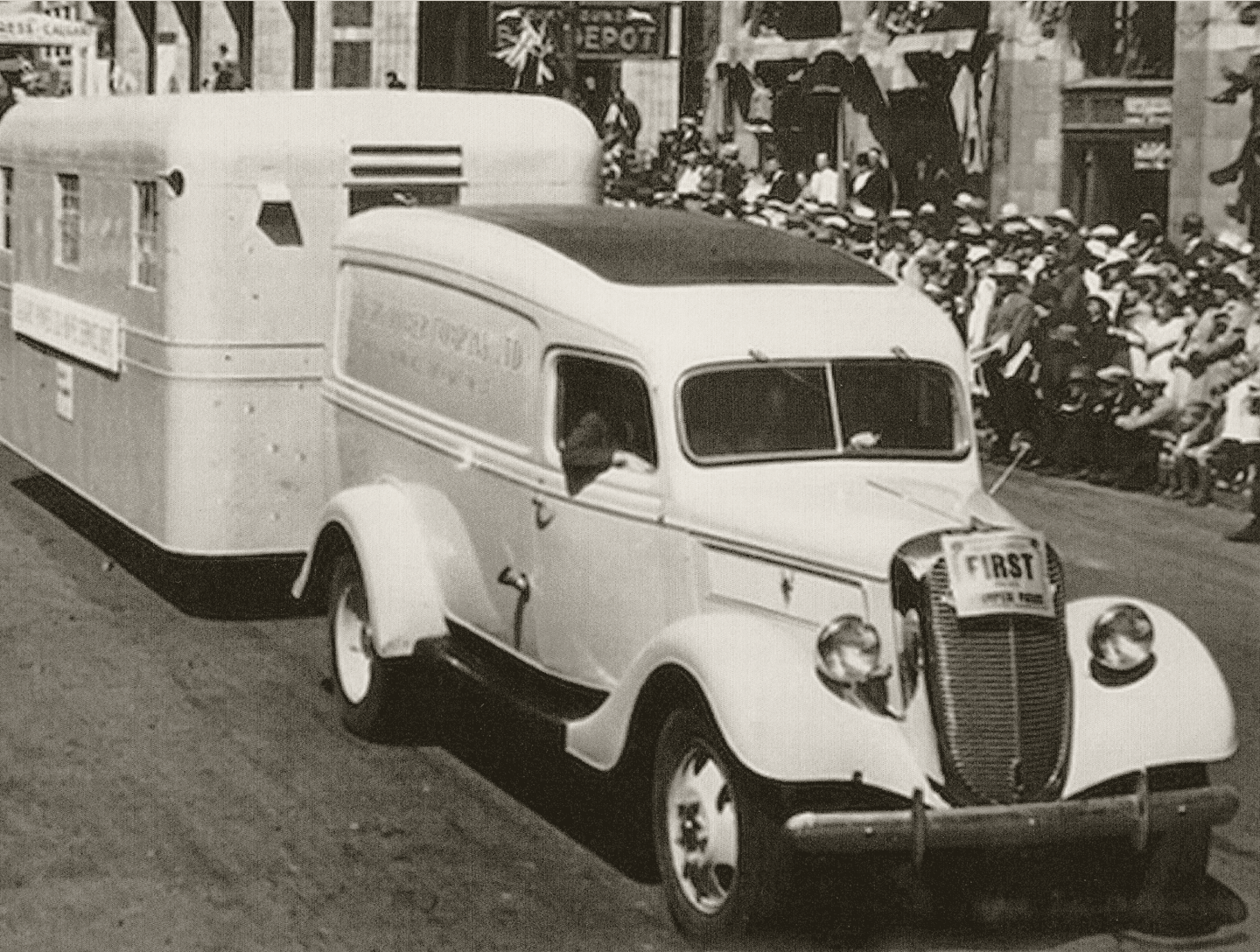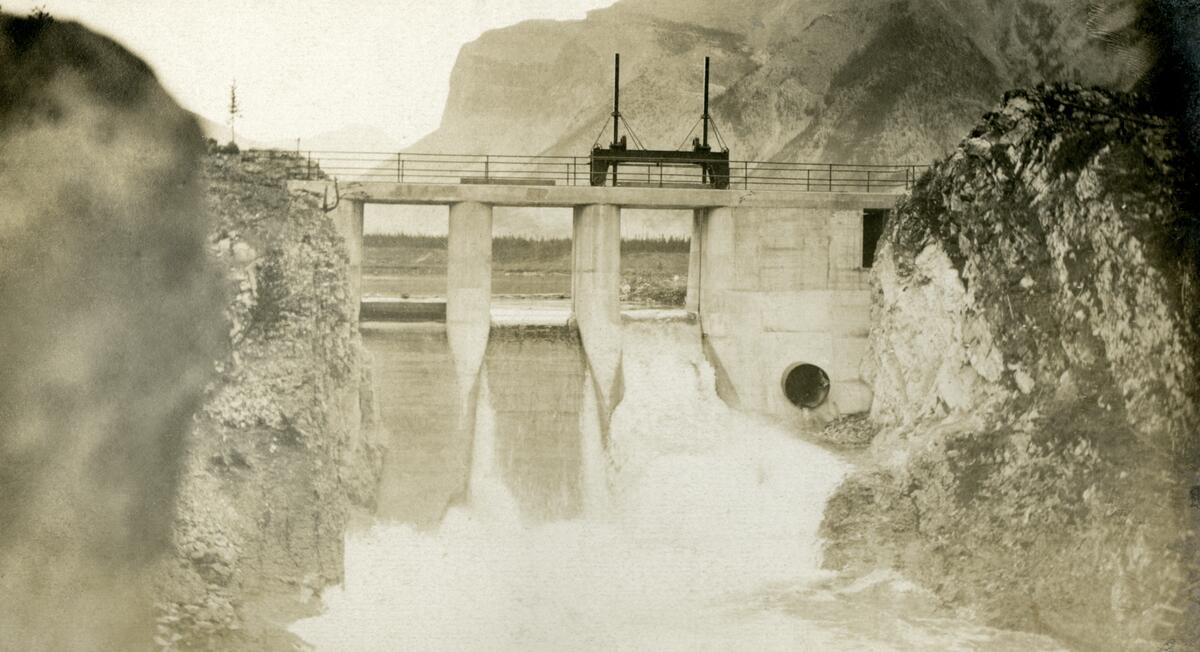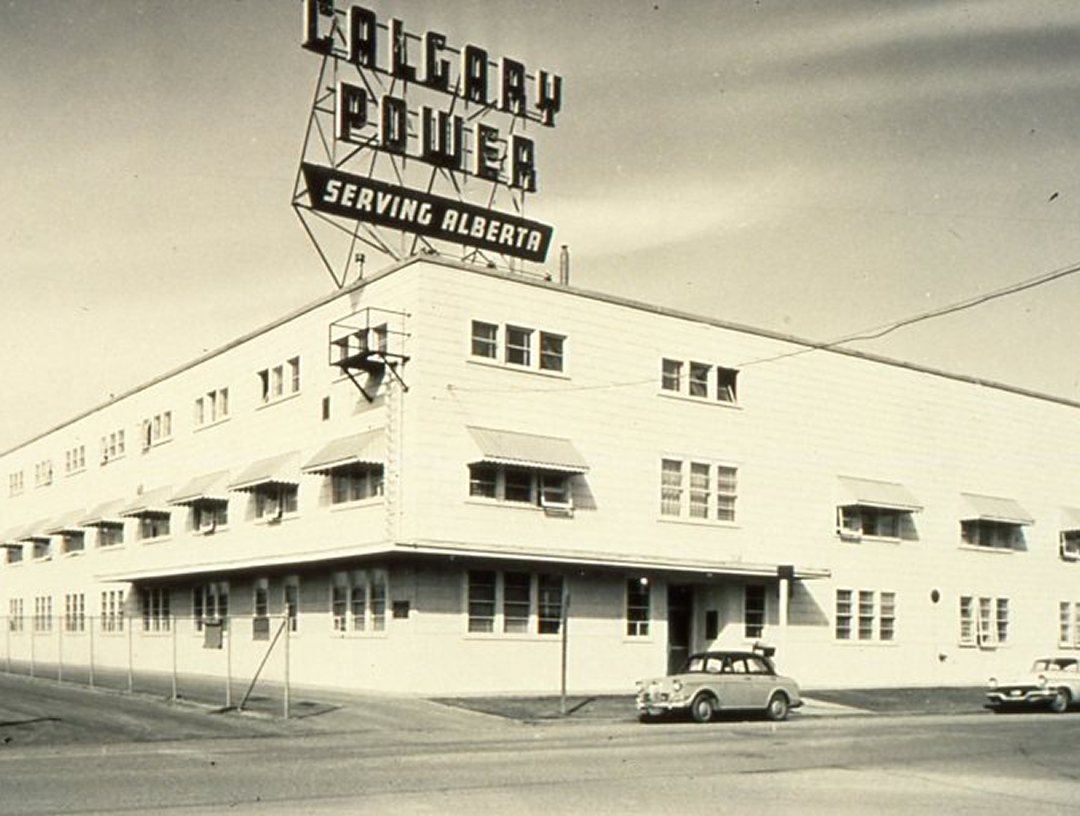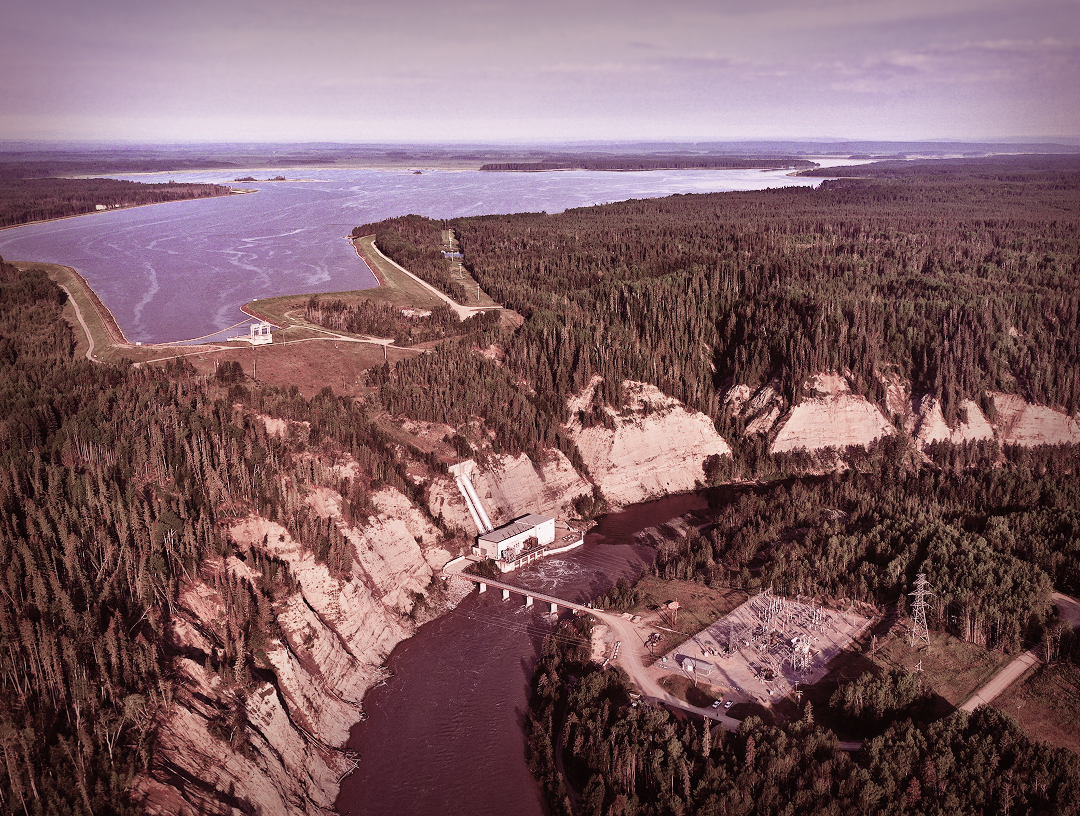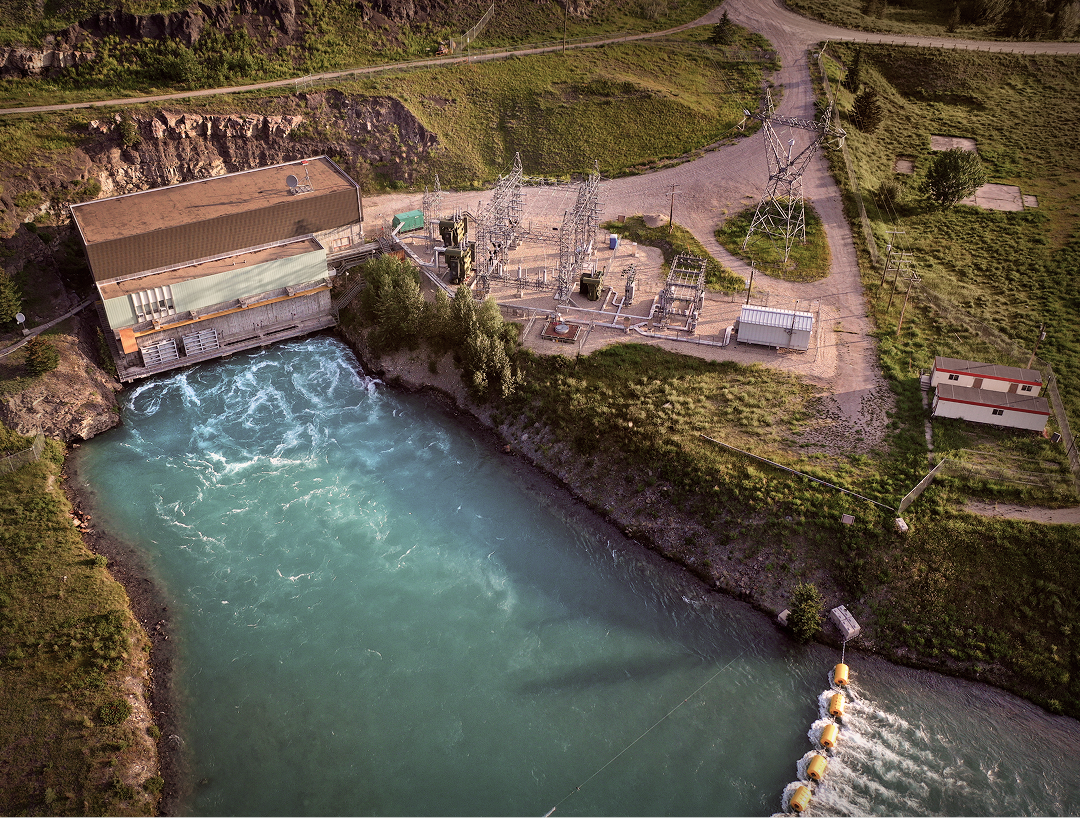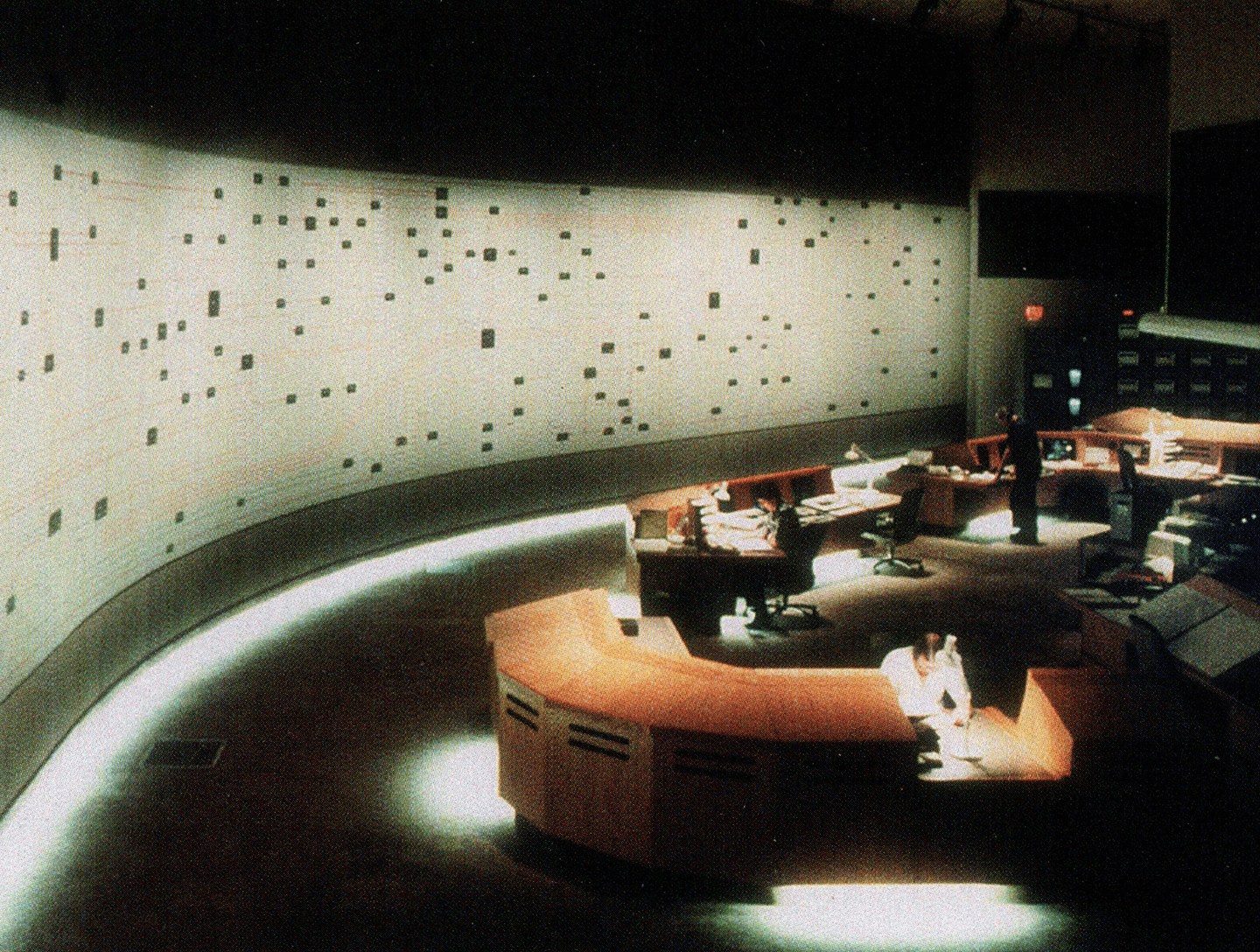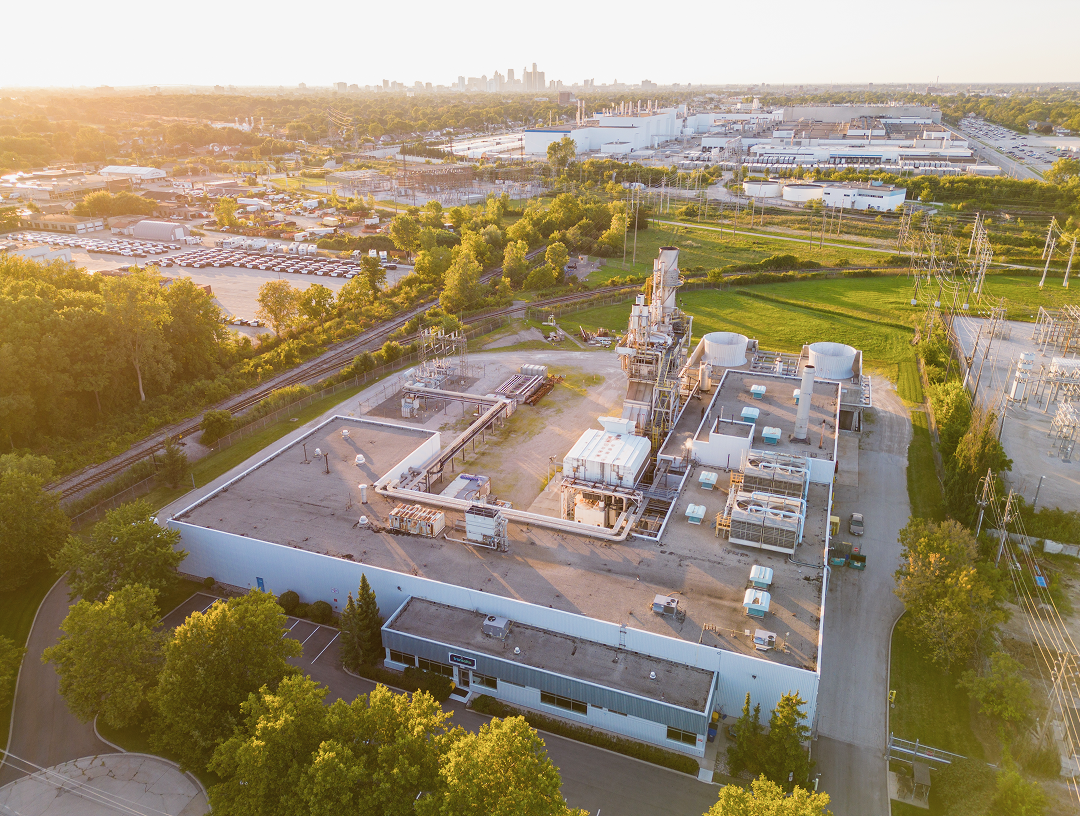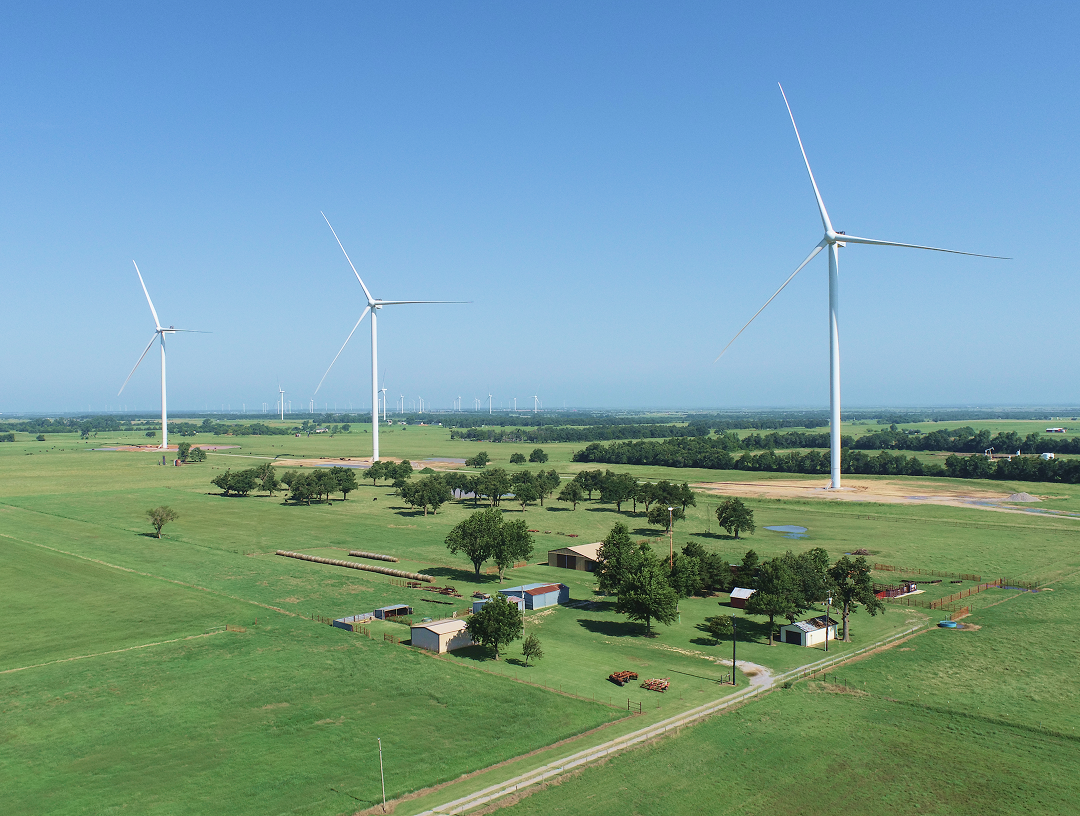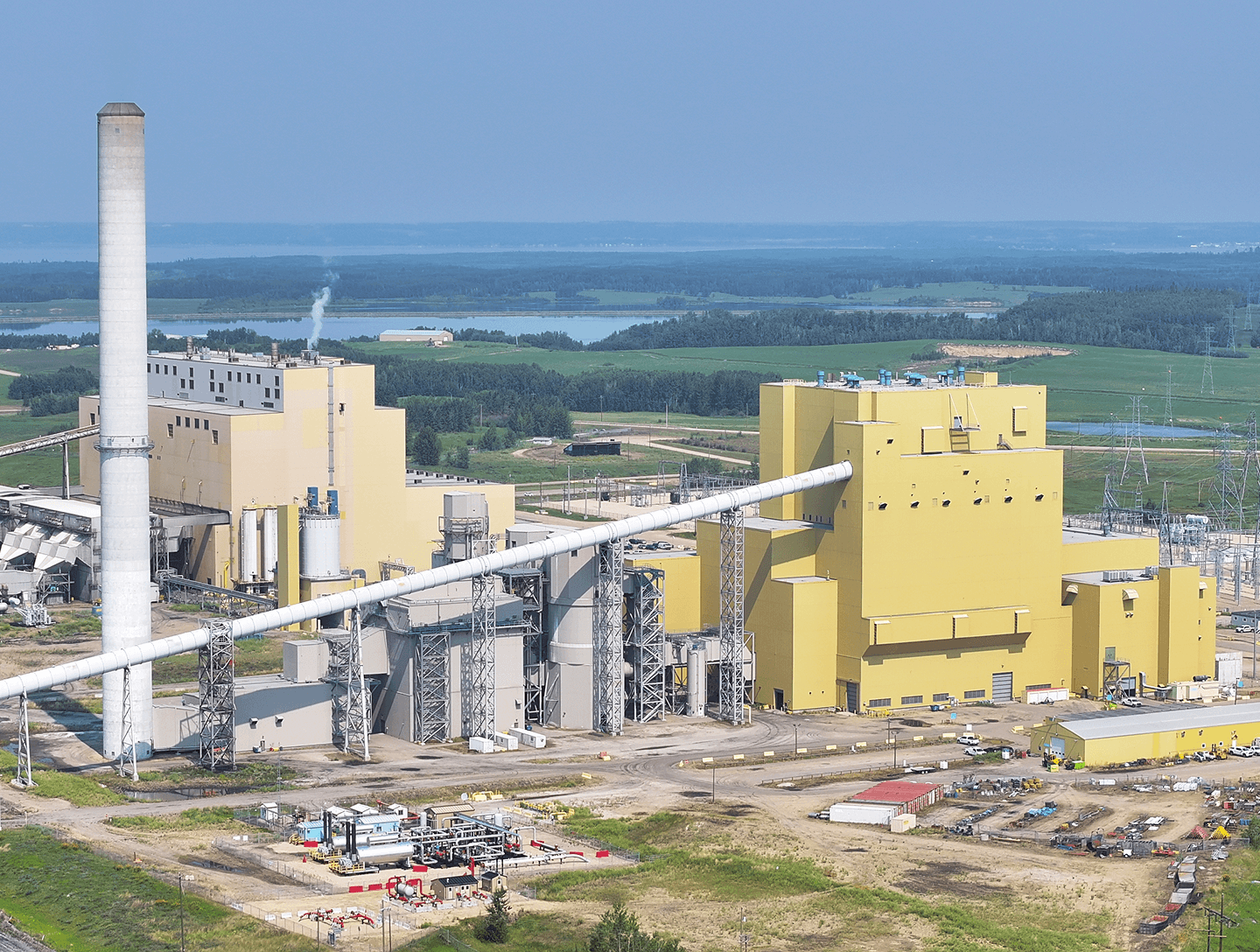114 years of proven industry leadership
For generations TransAlta has been serving our customers, first in Alberta and today across Canada, the United States and Western Australia. With over a century of experience, TransAlta is a trusted partner offering technology-agnostic, tailored solutions that continue to evolve to match our customers’ needs.
Our strategic priorities
TransAlta creates long-term value for investors by taking a balanced, prudent and disciplined approach in everything we do. Our six strategic priorities ensure clarity now and guidance for the future.
Questions? Read our FAQs or contact investor relations
Whether you’re looking to invest or already hold TransAlta shares, we strive to provide everything you need to make confident choices. We’ve collected answers to common questions, specifically for investors. And if you can’t find what you need, it’s easy to reach our Investor Relations team.



